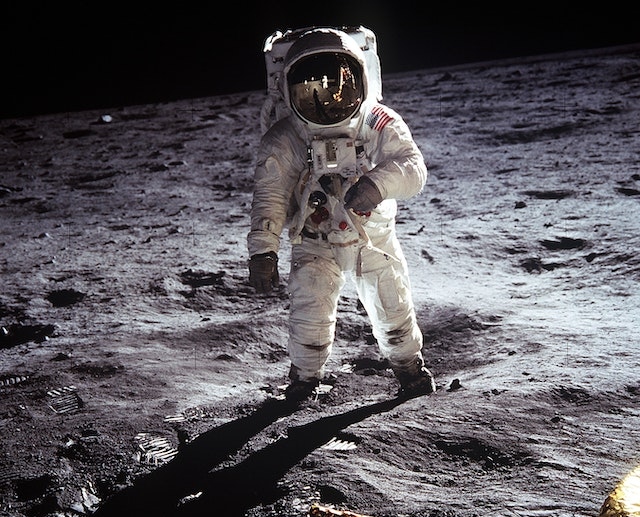Moon all Secrets Revealed you don't know.
Moon all Secrets Revealed you don't know.
 |
| Cradit: Pexels |
The moon has been a fascinating object in the night sky for as long as humans have existed. It has been the subject of numerous myths, legends, and scientific studies. Here are some key points about the moon's formation, properties, and impact on Earth:
Formation:
- The prevailing theory of the moon's formation is the giant impact hypothesis. It suggests that a Mars-sized object collided with Earth about 4.5 billion years ago, and the debris from the impact eventually coalesced into the moon.

Cradit: Pexels - This theory explains why the moon is made of similar materials as Earth, and why it has a much smaller iron core. The impact would have blown off much of the iron from the proto-moon, leaving mostly lighter elements behind.
Properties:
- The moon is the fifth largest natural satellite in the solar system, with a diameter of about 3,474 kilometers (2,159 miles). It is about one-quarter the size of Earth.

Cradit: Pexels - The moon's surface is covered in craters, mountains, and vast plains called maria. The maria are thought to be large impact basins that filled with lava billions of years ago.
- The moon's gravity is about one-sixth of Earth's gravity, which means that objects weigh much less on the moon. This property was first demonstrated by the Apollo astronauts, who were able to jump much higher on the moon than they could on Earth.
- The moon has no atmosphere, and its surface is constantly bombarded by cosmic rays, solar wind, and micrometeorites. As a result, the surface is barren and lifeless.
Impact on Earth:
- The moon has a number of important effects on Earth, including its gravitational influence on the tides. The moon's gravity causes the oceans to bulge, which creates a tidal force that affects the Earth's rotation and the movement of the continents.
- The moon also stabilizes the Earth's rotation axis, which helps to maintain a relatively stable climate. Without the moon, the Earth's tilt would be much more variable, which could lead to extreme climate swings.
- The moon has played an important role in the evolution of life on Earth. Its gravity helps to stabilize the Earth's orbit, which has allowed life to thrive for billions of years. Additionally, the moon's tides may have played a role in the evolution of early life forms, which could have evolved in tidal pools or other intertidal environments.
In conclusion, the moon is a fascinating object that has played an important role in the history of the Earth and the evolution of life. Its formation was a violent event, but it has since become a source of wonder and inspiration for humans. By studying the moon, we can learn more about the origins of our solar system and the fundamental processes that shape our planet
Thanks for visiting for more visit our blog
...



Comments
Post a Comment